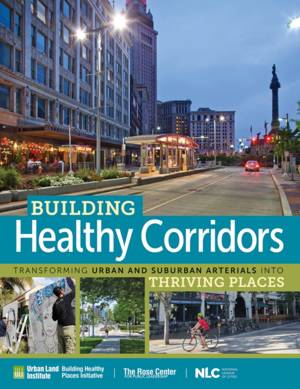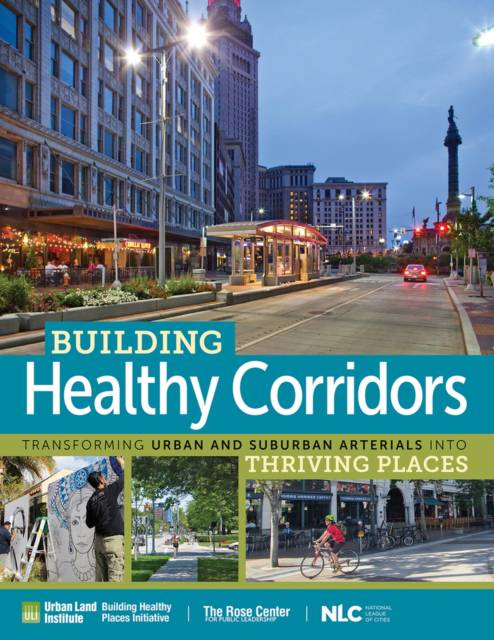
- Afhalen na 1 uur in een winkel met voorraad
- Gratis thuislevering in België vanaf € 30
- Ruim aanbod met 7 miljoen producten
- Afhalen na 1 uur in een winkel met voorraad
- Gratis thuislevering in België vanaf € 30
- Ruim aanbod met 7 miljoen producten
Zoeken
Building Healthy Corridors: Transforming Urban and Suburban Arterials Into Thriving Places
Transforming Urban and Suburban Arterials into Thriving Places
Sara Hammerschmidt
Paperback | Engels
€ 27,95
+ 55 punten
Omschrijving
Corridor redevelopment is not a new topic. Various planning and design approaches--such as complete streets, living streets, and livable streets--aim to redevelop commercial corridors to meet more of their users' needs, including their need for walking and biking rather than just traveling by car. A marked difference between a healthy corridors approach and other approaches is that the former looks beyond just the street and considers how the street supports the daily needs of all who live, work, and travel along it. Building Healthy Corridors: Transforming Urban and Suburban Arterials into Thriving Places takes a comprehensive view and considers how the corridor contributes to the overall health of the surrounding community, including community members' opportunities to be physically active. It also considers safety, housing affordability, transportation options, environmental sustainability, and social cohesion as well as modifications that would link residents to the corridor and improve connections to jobs and adjacent parts of the community.
Specificaties
Betrokkenen
- Auteur(s):
- Uitgeverij:
Inhoud
- Aantal bladzijden:
- 55
- Taal:
- Engels
Eigenschappen
- Productcode (EAN):
- 9780874203936
- Verschijningsdatum:
- 1/11/2016
- Uitvoering:
- Paperback
- Formaat:
- Trade paperback (VS)
- Afmetingen:
- 213 mm x 277 mm
- Gewicht:
- 226 g

Alleen bij Standaard Boekhandel
+ 55 punten op je klantenkaart van Standaard Boekhandel
Beoordelingen
We publiceren alleen reviews die voldoen aan de voorwaarden voor reviews. Bekijk onze voorwaarden voor reviews.








